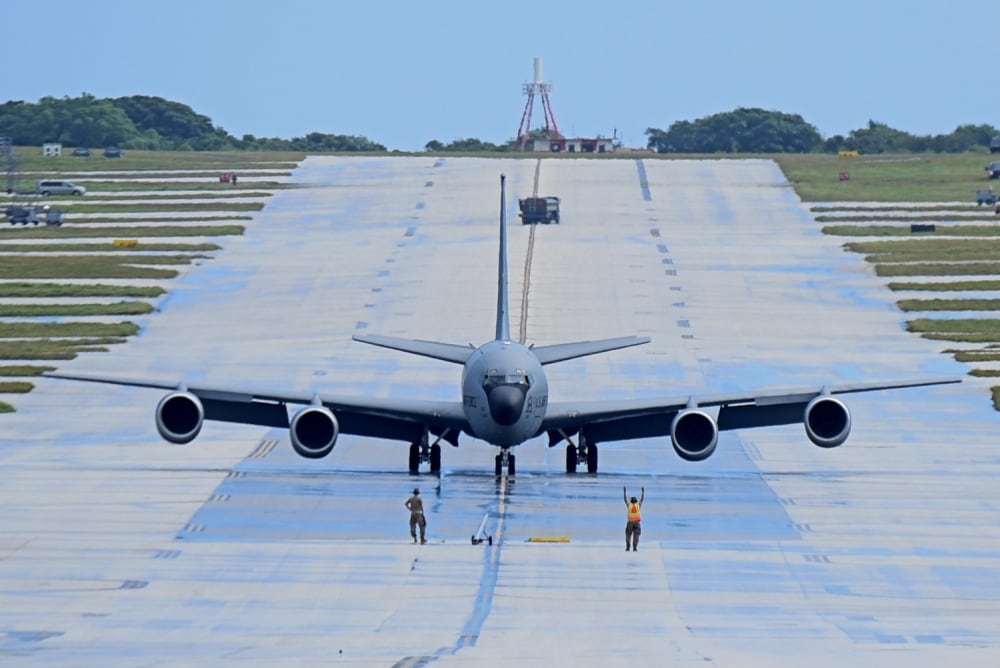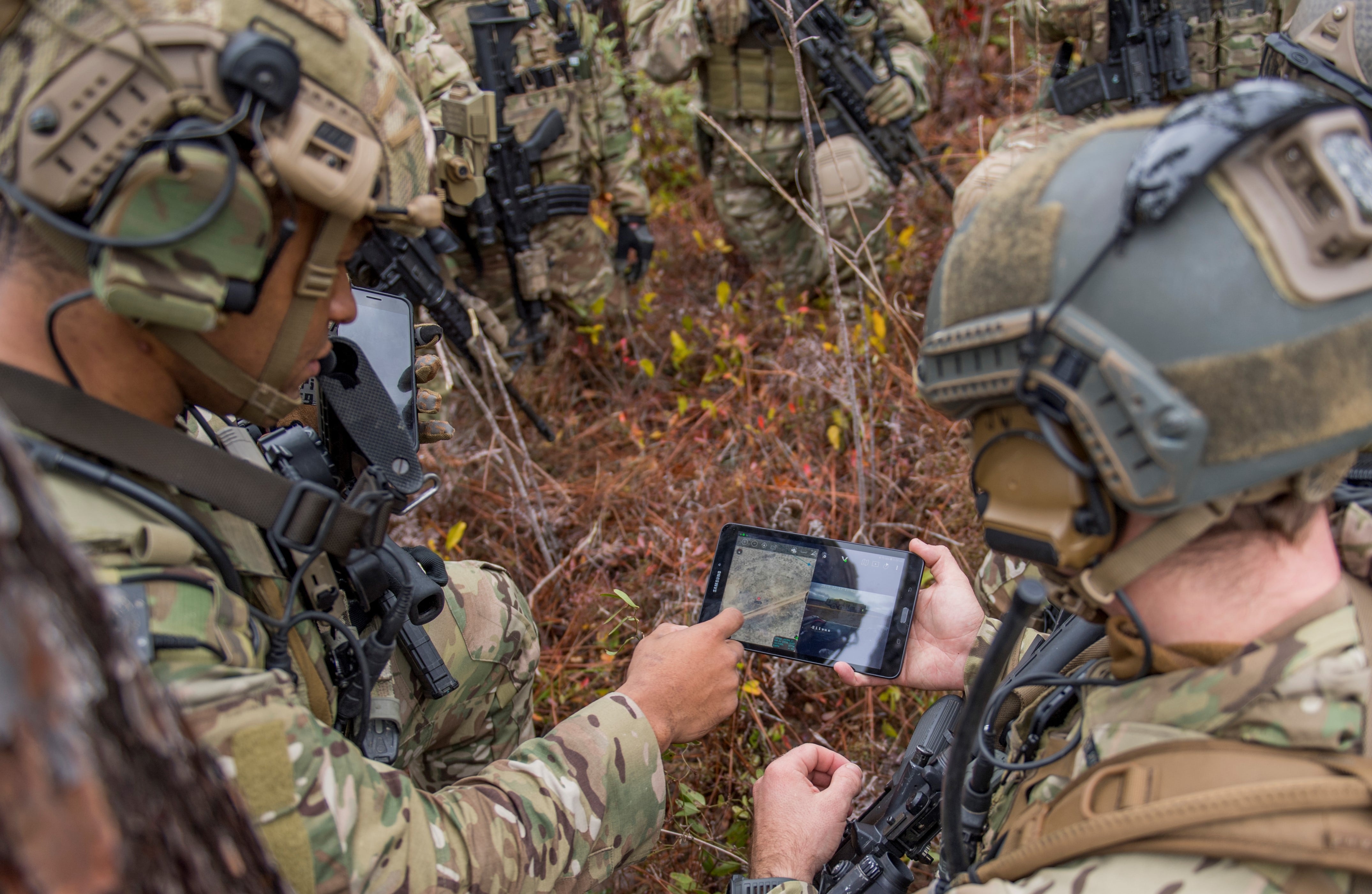WASHINGTON — The House Armed Services Committee will allow the Air Force to retire a portion of its RQ-4 Global Hawk surveillance drone inventory in fiscal year 2021 as long as it can meet certain conditions.
In its FY21 budget request, the Air Force proposed retiring all 21 of its Global Hawk Block 30 aircraft as well as three Block 20 drones modified to the EQ-4B Battlefield Airborne Communication Network variant, leaving its remaining RQ-4 Block 40s to carry out the high-altitude surveillance mission along with the U-2 spyplane.
RELATED

HASC’s tactical air and land forces subcommittee’s markup of the FY21 defense authorization act stipulates that the service can move forward with retiring the Block 30 drones if it meets one of two conditions:
- Ellen Lord, as the Pentagon’s top acquisition official, must certify that the replacement for the RQ-4 will cost less to operate and sustain, and Gen. John Hyten, in his position as the chairman of the Joint Requirements Oversight Council, must also attest that the replacement would result in equal or greater capability available to combatant commands.
- As an alternative, Defense Secretary Mark Esper can endorse the retirement of these RQ-4 aircraft, even if the replacement’s operating and sustainment costs are higher.
Similarly, Hyten, Lord, and Gen. Kenneth McKenzie, head of U.S. Central Command, are all required to sign off on retiring the EQ-4 BACN aircraft, the language states.
“Right now none of those conditions have been been met to give us any sort of peace of mind that the Air Force’s fiscal year 2021 to divest Block 30 is with acceptable risk,” a committee aide said.
If the Air Force moves forward with the retirement of the Block 30 Global Hawks as planned, it will lose half of the funding authorized for the Advanced Battle Management System, a key priority of the service that aims to connect all of the military’s sensors and weapon systems together.
Throughout the legislation, HASC lawmakers make clear their reluctance to curtail spending on existing drones and special mission aircraft like the E-8 Joint Surveillance Target Attack Radar System when the Air Force’s plans for replacing them are unclear.
“The Air Force fiscal year 2021 budget request included several significant changes to ISR force mix and modernization. The request proposed immediate divestment of all RQ-4 Global Hawk Block 30 multi-intelligence aircraft, as well as an end to the MQ-9 Reaper production line in fiscal year 2020 without any time to allow for adequate supply chain management planning,” the markup language states.
“While these changes may align with long-term Air Force strategy, the absence of such a strategy incorporating both current and future capabilities concerns the committee.”
The subcommittee calls for the Air Force to submit a comprehensive plan for its future intelligence, surveillance and reconnaissance capabilities. It also blocks any attempt to retire the E-8 JSTARS until there is a replacement and prohibits the Air Force from retiring the RC-135 through FY25.
The Air Force has frequently cited ABMS as the primary vehicle for replacing its current ISR and command and control assets, however, it has not generated a comprehensive list of technologies that will comprise the system or the requirements for those new capabilities. Instead, the service plans on procuring technologies in an ad hoc fashion if they prove to be successful in experiments held periodically throughout the year.
RELATED

HASC clearly has questions about this approach, and in its markup includes language that would require the Air Force to conduct quarterly briefings on each on-ramp demonstration, including the objectives achieved, cost, realism of the exercise. It also calls for a report on ABMS capabilities, the schedule for developing and fielding technologies that will comprise the system, and a detailed plan for transitioning tech from the demonstrations into a program of record.
The subcommittee’s markup of the defense authorization act isn’t set in stone, as both the House and Senate must go through the conference process where lawmakers resolve differences between different versions of the bill.
Valerie Insinna is Defense News' air warfare reporter. She previously worked the Navy/congressional beats for Defense Daily, which followed almost three years as a staff writer for National Defense Magazine. Prior to that, she worked as an editorial assistant for the Tokyo Shimbun’s Washington bureau.








